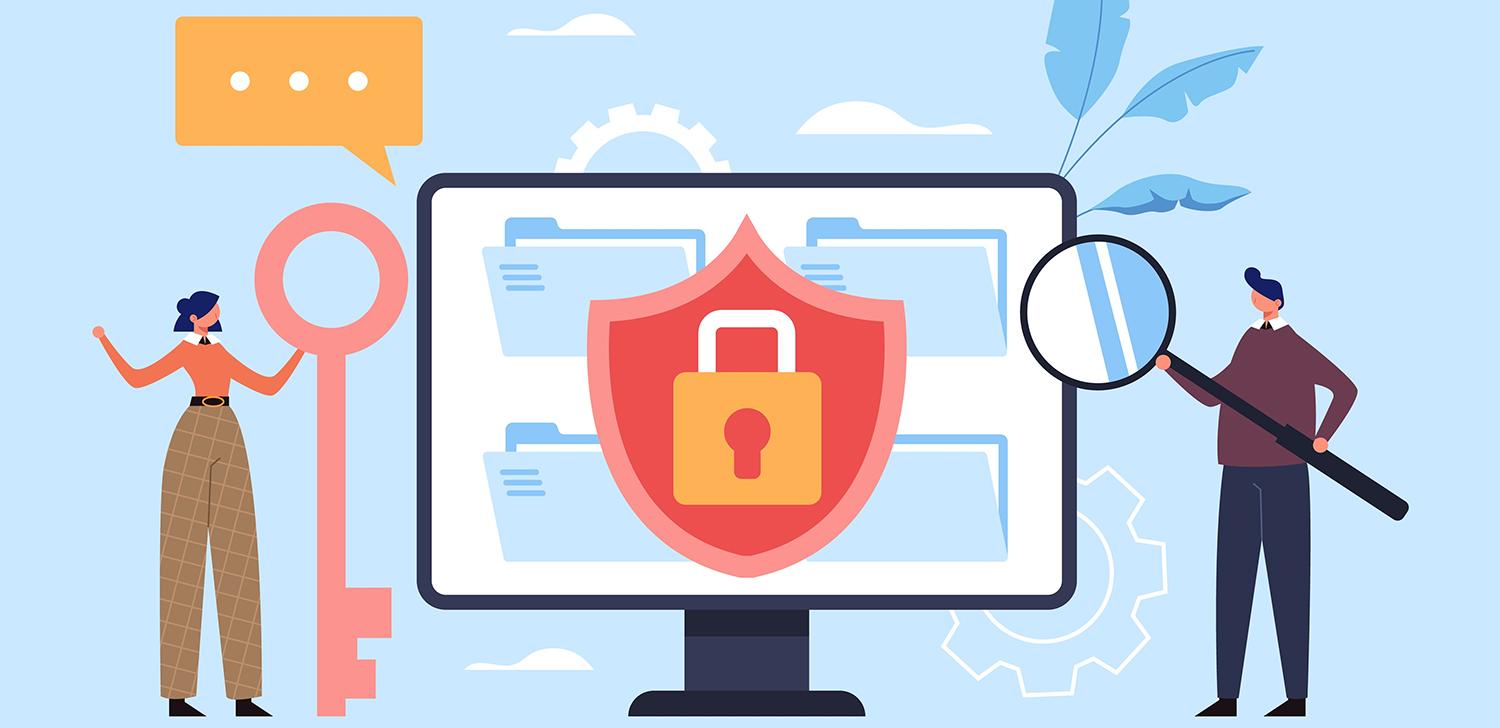
Router Safety 101: What You Need to Know to Safeguard Your Business
Using the internet to help run your business is essential nowadays. Unfortunately, it can also open you up to the threat of cybercriminals.
Protecting yourself from hackers starts by safeguarding one of your network's most important pieces of equipment: your router. So, why would a hacker want to target this piece of equipment?
1. Someone wants to use your internet
Sometimes, it's just about getting a free ride. Your router is the source of your network's internet connection, and once someone has access to it, they can connect themselves and use up your bandwidth without paying a dime.
Under your name, the same person can then use your Wi-Fi to commit cybercrimes or conduct other illegal scams on your network.
2. Someone wants to infect your router with malware
Malware can infect any digital device. But it becomes exponentially worse when it originates in your router because everything linked to that router is at risk of being exposed to it. The more connected devices, the more prone you are to having critically vital data corrupted.
3. Someone wants to spy on you
It sounds like something out of a Bond movie, but the threat is very real. Think of your router as the hub of all internet activity on your network—your computer, tablet, smartphone, and other connected devices create traffic directed through your router.
Whether using an app or visiting a website, a hacker with access to your router can see your activity, including personal data you send or receive, such as credit card and online banking account numbers.
Indicators Your Router Has Been Compromised
There are several signs that someone has hacked your router.
First, your internet might slow down drastically as the hacker connects one or more of their own devices to your network.
In addition, keep your eye on how many devices are connected to your network. If something looks unfamiliar, chances are your router has been hacked.
Another indicator of router hacking is the presence of unrecognized software or malware on your devices. These programs compromise critical data that can be difficult and costly to remove.
Finally, ensure that the admin password for your router is still working. Password protecting your router is a significant first step toward securing it, but if you've been hacked, the perpetrator has likely changed it and set a new one.
Prevention Is the Best Route
It's easier to keep your router from being compromised than backpedaling to secure it once it's been hacked. Here are several tips for doing so.
1. Reset the default password
It's crucial to establish a new admin username and password when purchasing your router. Default passwords provide far less protection than something complicated and difficult to guess. Plus, savvy hackers can sniff out default passwords easily. And as always, limit the number of people who have access to this information.
2. Enable your router's firewall
Most routers come with a pre-installed firewall, but many people forget to enable it. A firewall acts like a barricade that only authorized devices can pass through before accessing your network. Once enabled, the only devices that can bypass the firewall are the ones that you've permitted.
3. Use a cyber security tool to monitor your network
Using a cyber security tool to keep a constant eye on your network is an excellent security measure. These tools scan your network and locate devices that shouldn't be there, and identify potential vulnerabilities that put your network at risk.
The best part? Many of them come at little to no cost. Even when they aren't free, the investment is worth the protection they provide.
Now you know why hackers might target your router and how you can stop them in their tracks.
Let's summarize:
- With advancing technology, even routers are at risk of being hacked.
- Hackers target routers for free internet, to install malware, or steal your information.
- Signs of router hacking include slow internet, unfamiliar devices, and malicious software.
- Update your admin username and password; make it a challenge to guess.
- Enable your router's firewall, or install one of your choosing.
- Use cyber security tools to monitor your network and locate vulnerabilities.